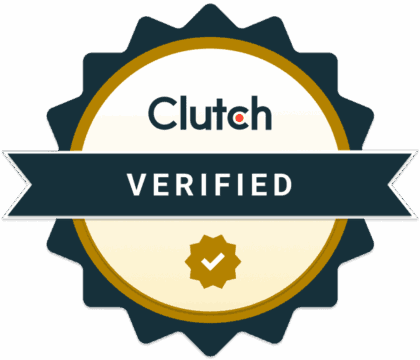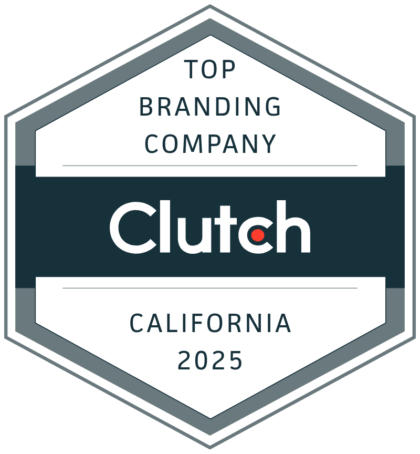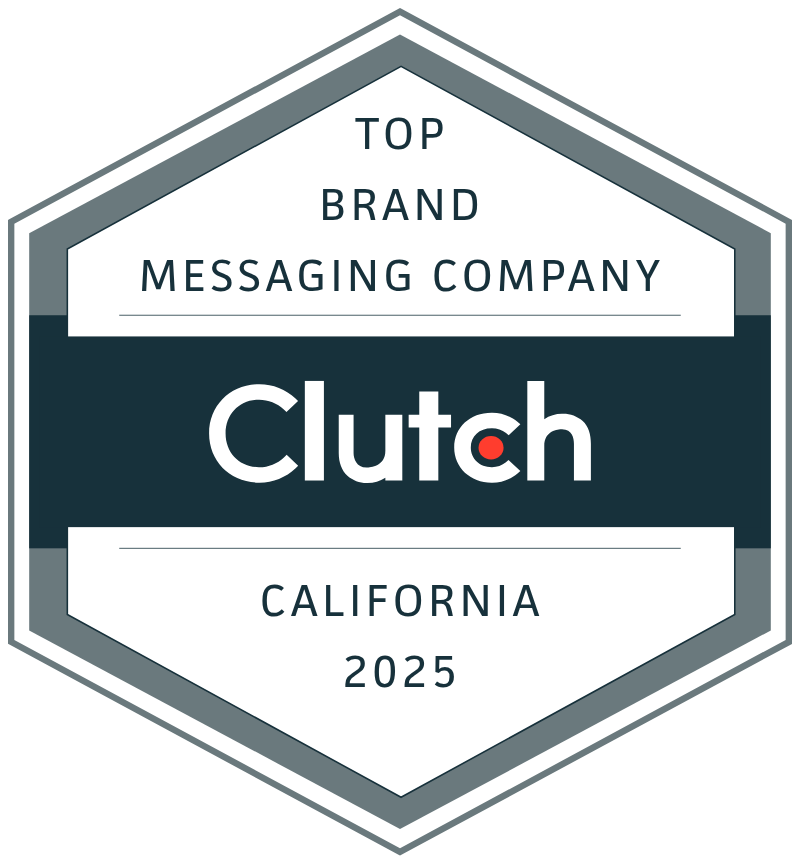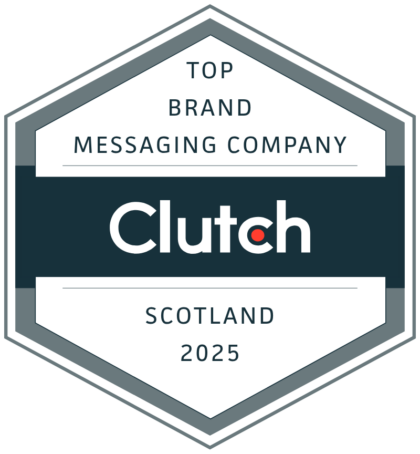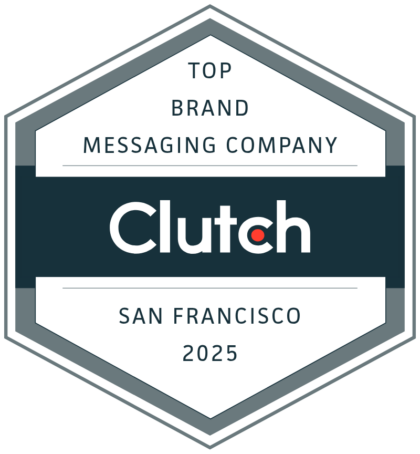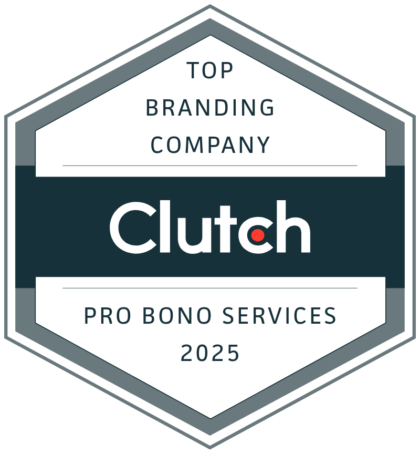Plan Your Media
Making a good impression starts with a good media plan. Here's a quick-and-dirty guide to how your paid, owned and earned media come together into a plan.

Stephen Stewart | FEBRUARY 9, 2016
LAST WEEK DAVID’S POST addressed the role that media plays in connecting audiences to your brand (and vice versa). It’s gold – if you haven’t read it you need to. Today I’ll pick up where David left off and talk about how to develop a media plan. We’ll look at the interplay between the three main media categories: owned, earned and paid media. We’ll also look at when your brand needs to consider paid media and how to go about building a media plan. First things first, though let’s make sure we know what we’re talking about when we say owned, earned and paid media:
Owned Media
Owned media are places where you own the space and can promote your brand anyway you’d like. Your website, office locations, retail locations, the uniforms your employees wear…any location that you own.
Earned Media
Earned media used to refer primarily to mentions of your company or brand in the media (a mention on TV, an article in a newspaper or trade journal). Today, it still refers to those media, but also includes digital media and social media channels. A significant bonus that comes with earned media: a positive mention of your brand from a third party typically carries more credibility than a claim you make about your brand.
Paid Media
Paid media is advertising as people traditionally think of it: banner ads, billboards, TV spots, print ads, movie trailers and so on.
These media do not exist independently of each other. In fact, you really don’t want them to. You want as much cross over between these three media as you can get. This excellent graphic from the Online Marketing Institute depict an idealized version of how the three types of media work together. As you can see, owned media and earned media are frequently in dialogue. You’ll also see that the members of your audience that are the most engaged (fans) come from earned media, in large part because third party referrals build trust. It’s always better to have someone else say something nice about your brand than to say it yourself.
Your owned media will attract an audience, some who are really engaged with your brand, others who are exploring. Paid media will, as you’d expect, have the most passive audience, many will not know your brand at all and it’s the job of any advertising you develop for this space to make your brand (and its products and services) as attractive as possible to the right audiences.
So when will you know it’s time to invest in a paid media campaign? When you have exhausted the potential of your owned and earned media. There is a point of diminishing returns when you’ve reached everyone you are going to get through owned and earned media. Paid media is how your brand gets introduced to new people and makes new friends.
Plan Your Plan
The main ingredient in a successful media plan is preparation. The more time you spend defining the objective for your media plan (and subsequent creative development and media buy) the better your results are going to be. The most important concepts to keep in mind when crafting a brief for your media plan are:
- Define your objectives tightly. There’s a big difference between “get me males between 18 and 34” and “get me males 18-34 with more than one child, who live within 25 miles of the top ten media markets in North America, favor bicycles with little horns on their handlebars and have looked at a competitor’s website in the past 15 days.” Be as specific as possible.
- Fish where the fish are. Find out where your audiences live (what media they consume) and target their locations as aggressively as possible. Every dollar you spend on a media channel where your audience isn’t is a dollar wasted.
- Define your budget. You really do have to do this. You don’t know how much to spend? Ask your media planner what a realistic budget looks like. If their budget is waaaay more than your budget, see what you can trim. One thing you can do is pare down your locations, another thing you can look at are…
- Mind your timelines. How long your campaign runs is as much a cost driver as the media you ultimately run your campaign on. It doesn’t make sense to run a campaign for less than at least 2 months. But you can do a lot in a short amount of time.
One more thing: use a media planner to craft your plan and make your media buy, this is not something you want to do on the fly. You’re spending actual money here, make sure it’s being spent wisely.
Build Your Plan
All the information in a media plan has value, but the areas to focus on are the cost-per-Impression (CPM – the M is for the roman numeral 1,000, the number of impressions delivered for the cost) and the click-through-rate (CTR). These tell you how much you are paying for your digital advertising (print advertising will give you the circulation number) and the CTR tells you how many people, on average, click the banners on a given media site. Click-throughs are not the only value that a banner delivers, brand awareness is typically driven by media exposure (the number of cumulative times your audience has been exposed to your brand’s advertising), but CTR does provide a relative gauge for how engaged viewers of the site are (higher CTR indicates higher awareness).
Of course it’s equally important to make sure your media planner has media that address the audience you need to reach. This is captured in a metric called a comp score. It’s a comparison of like media and provides a snapshot of how closely a given media matches the objectives you set in the brief. A good rule of thumb is to stick with media with a comp score of better than 90 (provided that the media fits within your budget).
Now let’s assume you have a media plan you like. The next step is to produce a creative campaign that delivers differentiated, on-brand messages. Amo and Cate will take you through the creative campaign production process to bring to life your media buy next week.
